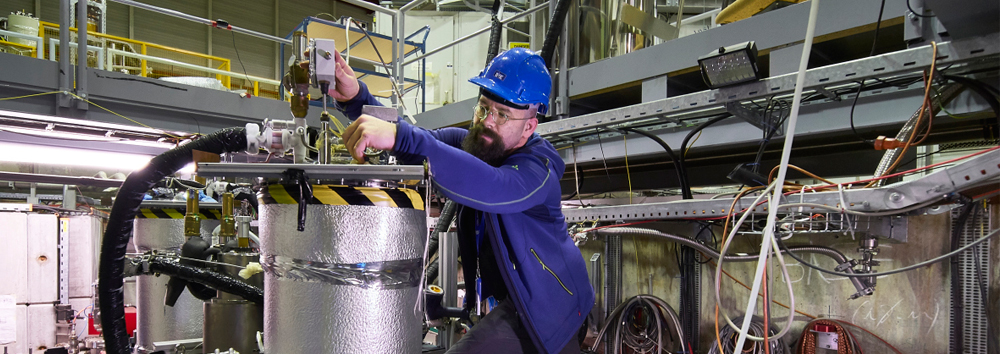An international team has used neutron and X-ray tomography to investigate the dynamic processes that lead to capacity degradation at the electrodes in lithium batteries. Using a new mathematical method, it was possible to virtually unwind electrodes that had been wound into the form of a compact cylinder, and thus actually observe the processes on the surfaces of the electrodes. The study was published in Nature Communications.
Lithium batteries are found everywhere: they power smart phones, laptops, and electric bicycles and cars by storing energy in a very small space. This compact design is usually achieved by winding the thin sandwich of battery electrodes into a cylindrical form. This is because the electrodes must nevertheless have large surfaces to facilitate high capacity and rapid charging.
X-ray and neutron-tomography combined
An international team of researchers from the Helmholtz-Zentrum Berlin and University College London has now investigated the electrode surfaces during charging and discharging using for the first time a combination of two complementary tomography methods. Using data provided by the HZB BER II and the ILL neutron sources and employing X-ray tomography at the European Synchrotron Radiation Facility (ESRF) in Grenoble, they were able to analyse the microstructure of the electrodes and detect deformations and discontinuitiesthat develop during the charging cycles.
“Neutron tomography made it possible to directly observe the migration of lithium ions and also to determine how the distribution of the electrolyte in the battery cell changes over time“, explains Dr. Ingo Manke, tomography expert at HZB.The neutron tomography data were obtained mainly at the HZB BER II neutron source at the CONRAD instrument, one of the best tomography stations worldwide.

About ILL
The Institut Laue-Langevin (ILL) is an international research organisation that is a world leader in Neutron Science. Since its foundation in 1967, the Institute is a shining example of scientific cooperation. Presently 10 European countries (Spain, Switzerland, Austria, Italy, Czech Republic, Sweden, Belgium, Poland and Slovakia) ensure the necessary financial support for the ILL operation under the governance of 3 Associate Member countries: France, Germany and The United Kingdom. The research conducted at the ILL is dedicated to fundamental research (60%) as well as societal challenges research (40%). It covers a wide range of disciplines such as biology, (green) chemistry, materials science, condensed matter physics, as well as nuclear and particle physics.
© ILL An international team has used neutron and X-ray tomography to investigate the dynamic processes that lead to capacity degradation at the electrodes in lithium batteries. Using a new mathematical method, it was possible to virtually unwind electrodes that had been wound into the form of a compact cylinder, and thus actually observe the […]



